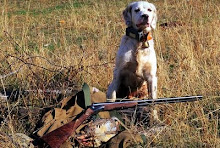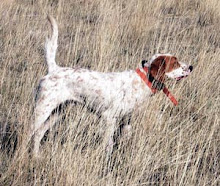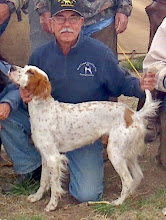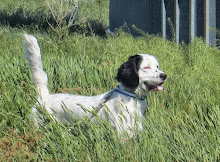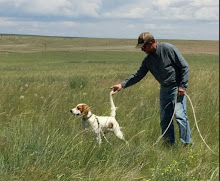
Old news to some people, but new to me is the 'discovery' and investigation of the Carolina dog...
Dr. I. Lehr Brisbin Jr., a Senior Research Ecologist at the University of Georgia's Savannah River Ecology Lab, first came across a Carolina Dog while working at the Savannah River site. Horace, a stray white dog with brown markings, was wandering the site’s boundary when he caught Brisbin’s attention. Brisbin, who had seen many rural dogs chained to the back of porches and doghouses, assumed this was just a normal stray. Many of these dogs roamed the woods and would turn up in humane traps, and Brisbin began to wonder how many more of these were in the wild. On a hunch, he went to the pound and was surprised by the resemblance the dog had to dingoes.
The preliminary DNA testing provided an intriguing link between primitive dogs and Carolina Dogs. Brisbin stated, “We grabbed them out of the woods based on what they look like, and if they were just dogs their DNA patterns should be well distributed throughout the canine family tree. But they aren't. They're all at the base of the tree, where you would find very primitive dogs.” This wasn’t conclusive, but it did spark interest into more extensive DNA testing.
The exciting idea remains a hypothesis, one that's under examination by an analysis of fossils, cave paintings, and other pieces of the North American historical record. Early paintings of Native Americans, for example, show accompanying dogs whose appearance looks strikingly like today's Carolina Dogs.
Another suggestive piece of evidence is comparison with dogs that remain on the other side of the long vanished Asia-North America land connection."It's a hypothesis," Brisbin stressed, "but we might infer that if dogs look similar on both sides of the Bering Strait land bridge, maybe our first American dogs came over from that area." On Chindo Island, Korea, local free-ranging dogs exist that have apparently been free from hybridization by other breeds. "That native Korean breed, the chindo-kae, is indistinguishable from Carolina Dogs, Brisbin noted. "If they were mixed in a group, I couldn't tell who was who."
The distinctive appearance of Carolina Dogs is not their only link to the world's surviving primitive breeds. Brisbin's studies have also revealed behaviors not observed in domestic dogs.
For more...
National Geographic













